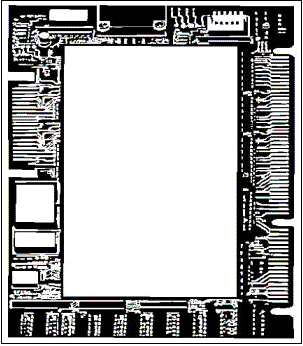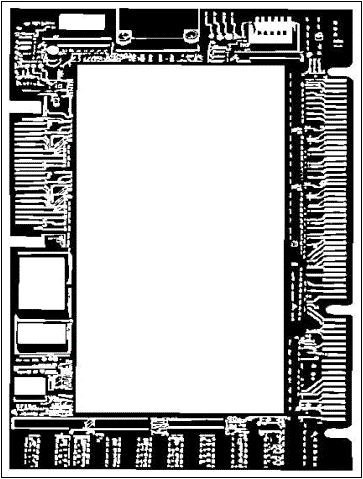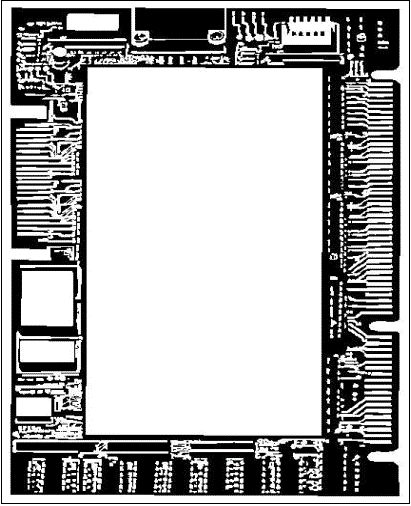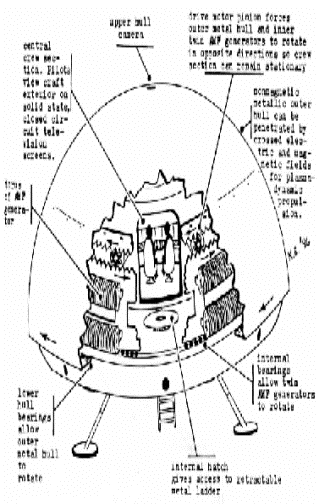Gravity and tonic
In light of the undefined nature of gravity and the
numerous theories that abound in attempts to describe it, hundreds of
amateur and accredited scientists have offered up alternative descriptions
of the gravitational force and its components. The internet is a virtual
showcase of underground and sometimes widely unbased claims of inducing
“antigravity,” or of manipulating it to power saucers of all kinds and
free-energy generators.



The benefits derivable from such a manipulation of
gravity are so wide that nearly anyone with even a tiny grasp of physics is
compelled to put forth their theories: powering every mechanical device
known, traveling to distant galaxies within normal lifespans, generating
huge amounts of “free” energy and adding weight to pet theories on the
nature of the cosmos are all motivating ideals of these underground
theorists. Shown on this page are several inventions supposedly operating
on anti-gravity principles.

One
of the most popular interpretations of the gravitational force is as an
electromagnetic relationship. Based on Coloumb’s law, which describes the
attraction between charged particles with an inverse square law similar to
Newton’s law describing the gravitational force, this theory suggests that
the gravitational force can repel objects as well as attract them (as it
occurs between charged particles). From this principle comes the prospect
of building a generator that could use the gravitational force to repel an
object (like, say, a spaceship) from the Earth. Though proponents of this
theory claim to have demonstrated this phenomenon with the use of
superconducting magnets, no evidence that gravity actually is a kind of
electromagnetic force has been shown.


Other alternative theories of gravity include Dr.
Marcel Pages’ 1959 hypothesis that our local gravity is not caused by the
attraction of the Earth, but by the repulsion of the cosmos. What we call gravitation, he said, is
actually “sheer concentrated protonic energy.” Attempts to demonstrate
anti-gravity generally either use strong magnets or, recently, objects
suspended in liquid mercury that supposedly absorb gravity waves, leaving
the object free to levitate.
Bismuth, an element allegedly found in UFO wreckage at Roswell, NM,
is supposed to have anti-gravity properties: when a strong positive electrostatic
charge is applied to it, it has apparently been shown to lose mass (down to
zero, according to the experimenters). Also considered evidence of its
unusual properties is the observation that Bismuth, when dropped, seems to
fall faster than it is supposed to. Unfortunately, many of these
experiments defy validation through repeated experimental analysis by
professional scientists who (according to the amateur anti-gravity
scholars) are too steeped in procedural dogma, anyway, and too stuck on
Newton. The theories do add a great deal in the field of science fiction
and popular culture.


